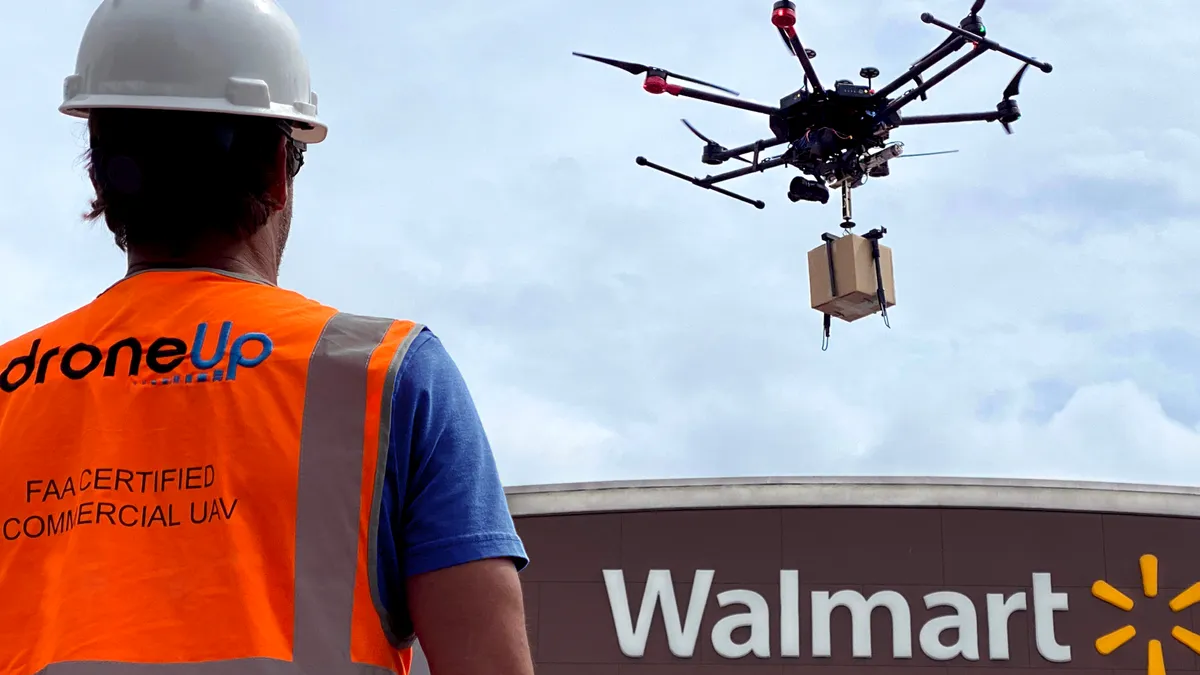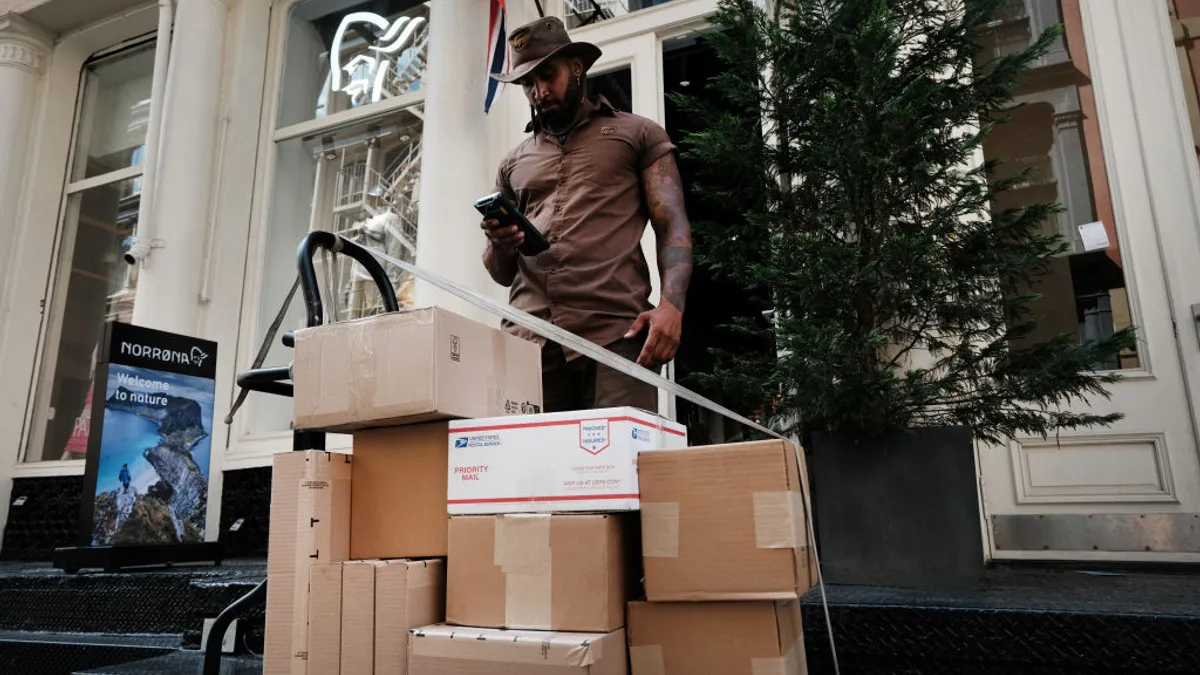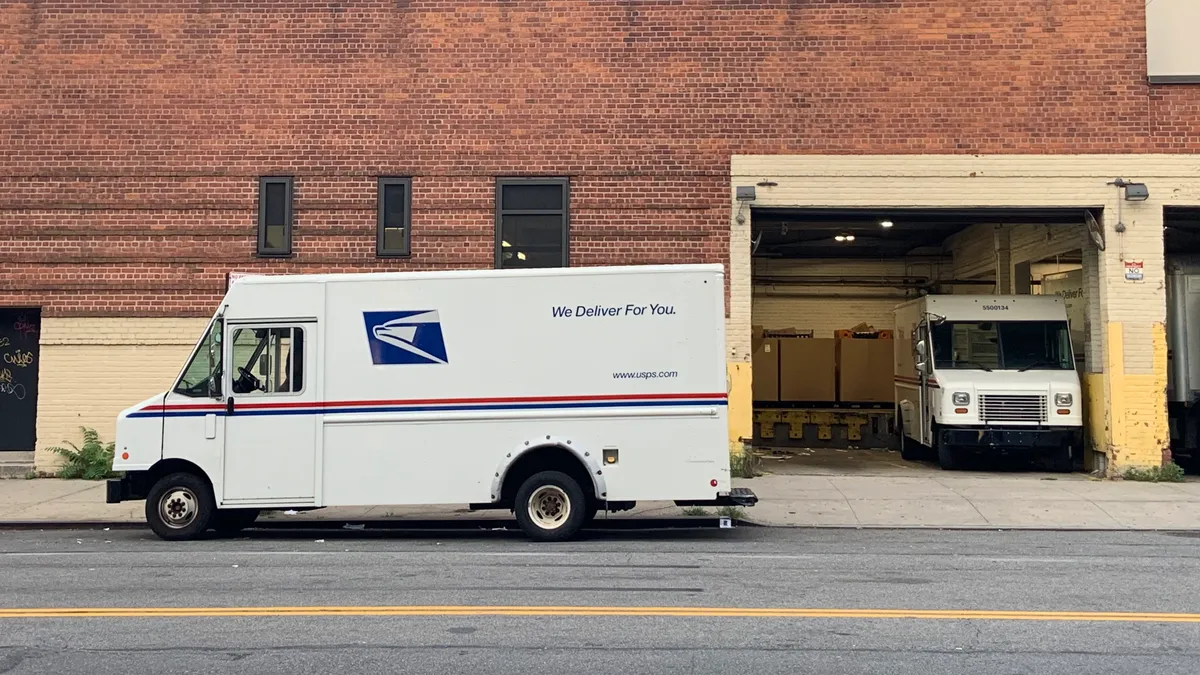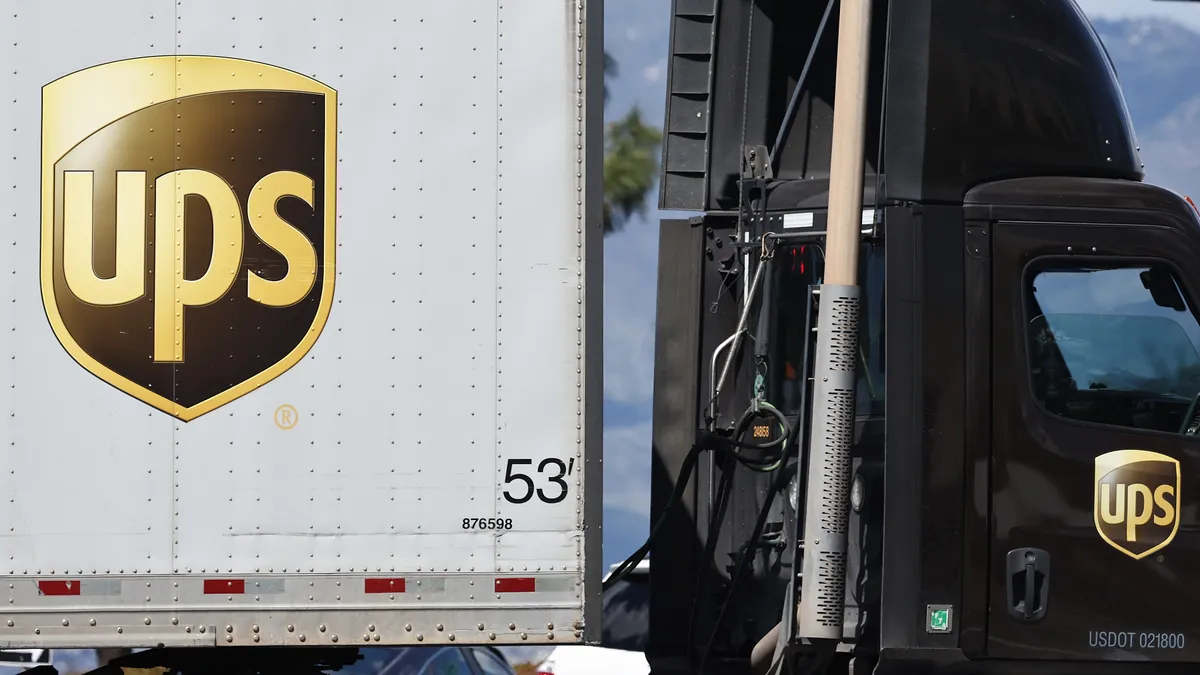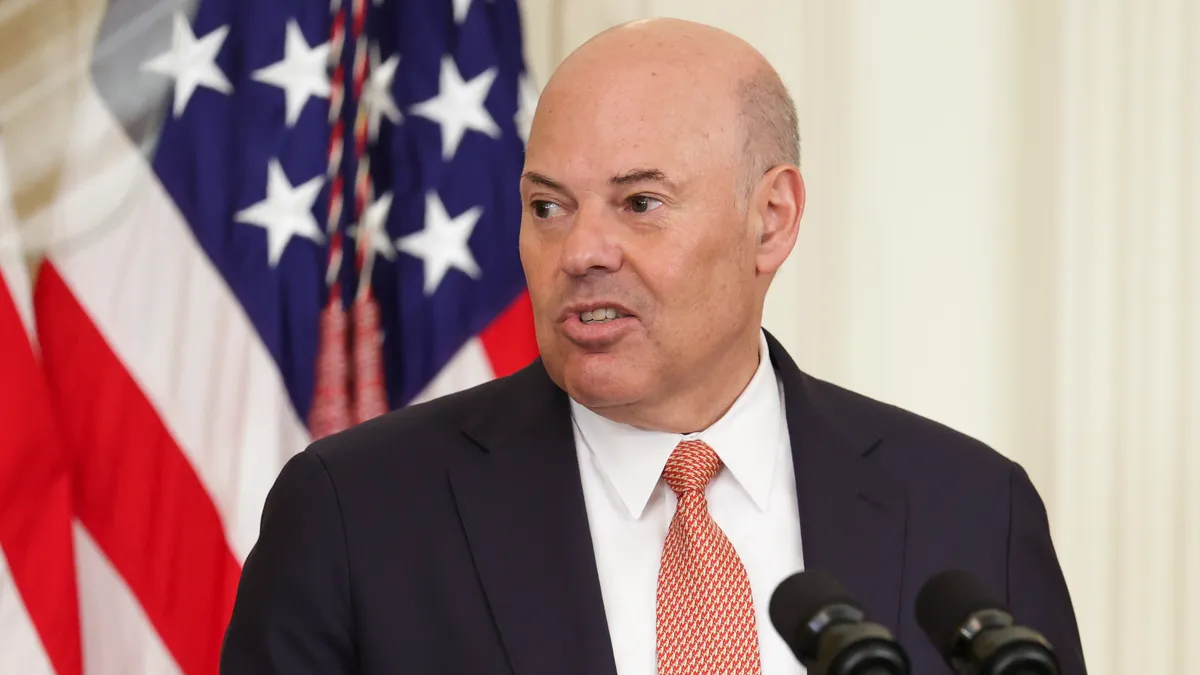Two big names in the drone delivery space — Zipline and Alphabet's Wing — unveiled major upgrades to their abilities to service customers earlier this month that may need some help in order to shake up last mile transportation.
While their respective upgrades differ, both have the same goal in mind: Scale up and reach more customers. Wing expects its drone delivery network will be able to handle millions of deliveries by mid-2024, while Zipline aims to operate more flights annually than most airlines by 2025.
For the two companies to achieve that, it will take more than a sizable investment to succeed — just ask Amazon, which has reportedly encountered drone safety challenges and limited delivery activity. They will need to lower operating costs by maximizing their networks' efficiency and get regulators and consumers on their side in order to deliver on the hype of drone technology.
Otherwise, it will take much longer for drones to deliver on the hype and become as ubiquitous in neighborhoods as delivery vans are, experts say.
Increasing density, adjusting regulations to lower costs
Carriers are working to increase density in the last mile delivery space, like having their couriers make as many deliveries as possible on a single route to minimize operating costs.
While drones are generally limited to lightweight payloads, a network can create its own version of density by ensuring its fleet is in constant motion, making pickups and deliveries as often as they can to sustain the business model.
"The worst thing is to have your vehicle, whether it's a drone or a truck, sitting idle," said James Campbell, a professor of supply chain and analytics at the University of Missouri-St. Louis. "The way this makes the most sense is if you can get the huge scale so your drones are flying all the time. You're spreading your fixed costs for the facilities over many, many drones and many, many deliveries."
Although delivery density is a critical part of the equation, it is only one avenue to lower operating costs, Eric Peck, CEO of drone logistics platform Swoop Aero, said in an email. Operators that design faster drones can respond to demand quicker and provide a more valuable offering to customers, which can translate into more profitable services. Increased delivery range can help, too, by unlocking new lines of business for drone companies, such as offshore maritime logistics.
One pilot monitoring multiple aircraft would also help operators maximize the return on their network investments, Peck said. A McKinsey report published in January affirmed this view, saying that with current pilot limitations in place, drone delivery struggles to be competitive with other last mile transportation modes in terms of operating costs.
The cost of a single-package drone delivery in which one person is monitoring the drone is about $13.50, according to the report. If a single drone operator is able to manage 20 drones simultaneously instead of just one at a time, the per-delivery cost plummets to around $1.80.
Drones have most to gain from efficient delivery operations
In the U.S., a waiver is required to operate multiple small drones with only one remote pilot, and operators also need certification in order to make drone deliveries beyond the visual line of sight of a pilot or observer.
For DroneUp, which is helping Walmart advance its goal of making 1 million deliveries a year by drone, being restricted by visual line of sight regulations has limited the delivery radius of its drones to about two miles. Stretching that further would have significant upside — DroneUp COO Anthony Vittone noted that 90% of the country lives within ten miles of a Walmart.
"Every mile that I add to that [drone delivery] radius triples and sometimes even quadruples the number of homes that have access to DroneUp delivery," he said.
Consumer buy-in, habits need to evolve
As delivery activity increases, companies also have to field concerns within the communities they operate in. Vittone said some potential customers may have a fear of the unknown with drone delivery, as is common with many new technologies. To reduce uncertainty, employees field questions from the public at Walmart stores where they operate and also conduct demonstrations.
Drone firms also have to consider potential disruptions their operations could create with the public. Wing, for example, has reportedly encountered noise complaints in Australia. The company said in emailed remarks to Supply Chain Dive that engaging with communities to answer questions and receive feedback is a top priority before launching new services.
"The reality is that drone delivery brings significant benefits — reduced traffic congestion, fewer emissions, expanded opportunities for businesses, and a greater level of convenience for consumers — and these become apparent once drone delivery arrives," Wing said.
If companies can achieve public buy-in, it's easy to see how drones could shake up traditional last mile delivery operations. They have speed as a distinct advantage over other forms of last mile transportation, as they are able to avoid ground traffic in their route to the customer.
But Campbell questioned what items beyond food and emergency medicine are needed in 15 to 30 minutes — a shift in consumer behavior may need to take place, similar to what happened when FedEx first launched express parcel delivery or when Amazon accelerated delivery speeds for online orders.
For drone delivery companies to reach that lofty, game-changing status, they will have to significantly expand their reach and capabilities first. With recent announcements in mind, that may be happening sooner rather than later.
"Things in this space rarely happen before anyone says, but I guess I'm a lot more optimistic than I used to be that this is finally coming," Campbell said.
Editor's note: This story was first published in our Logistics Weekly newsletter. Sign up here.



